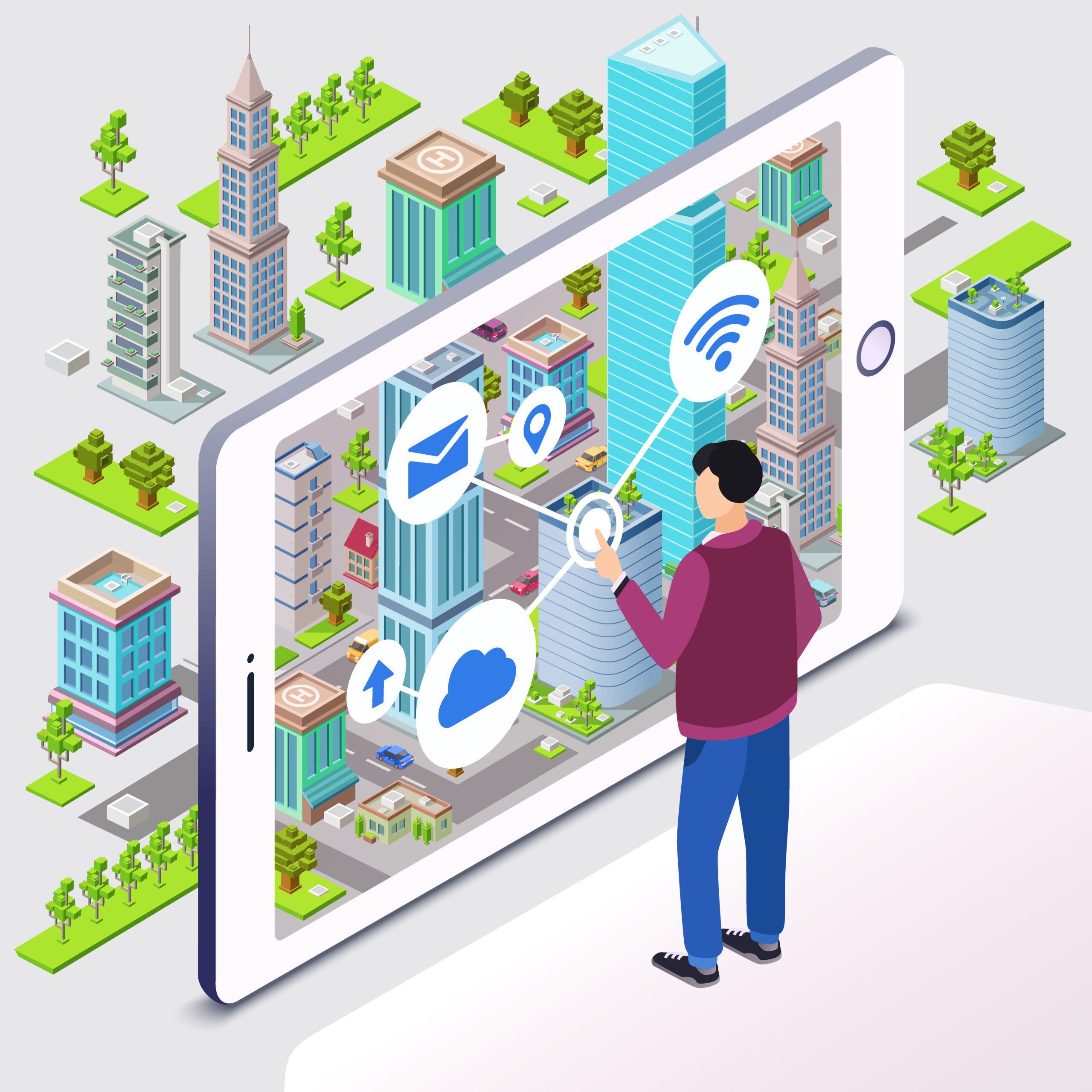Introduction
In a world dominated by artificial intelligence, data, and ever-advancing connectivity, it is hard to ignore the ‘Internet of Things’ from the list of exciting and game changing technologies. IoT has experienced incredible growth, thanks to technological advancements and the upsurge in demand for deep insights into digital transformation solutions and activities.
The Internet of Things (IoT) refers to a network of interconnected physical objects powered by software and sensors in a way that allows them to exchange data over the internet. It encompasses a wide range of objects, spanning from home appliances to monitors implanted in human hearts and to transponder chips on animals. As it grows, it will allow businesses to automate processes, improve efficiencies, and enhance customer service.
As we venture into 2024 and beyond, the future of IoT is more promising than ever, with a variety of emerging trends and forecasts. By the end of 2024, there are projected to be more than 207 billion devices connected to the worldwide network.
In this article, we will look at the current areas of development and interest in the field of IoT.
Trends in IoT
Artificial Intelligence of Things ( AIoT ): This important trend refers to the enhancement of the intertwining of Artificial intelligence and IoT. AI is benefitted by IoT through distributed data, and IoT is benefited by AI with advanced management. For example, live data from IoT sensors monitoring factory equipment can help machine learning algorithms determine when equipment needs to be serviced in the future.
IoT Connectivity – 5G, Wi-Fi 6, LPWAN, and Satellites: Connectivity technologies like 5G, Wi-Fi 6, LPWAN, and satellites are assisting in reduction of wireless data rates. 4G LTE is limited by bandwidth, while 5G is much faster and supports IoT networks more efficiently. Wi-Fi operating in the 6 GHz band also increases the available bandwidth and it can be used in common households, thus propping-up benefits of smart homes. Low-power wide-area networks or LPWANs, are effective for connecting devices with low-bandwidth usage or low bit rates over larger areas. They are therefore useful for IoT devices that communicate on a machine-to-machine basis. Satellites can sometimes be used to power IoT technology to connect geographically separate networks. For example, Traksat’s satellite has powered IoT devices in the past and helped humanitarian staff report emergency incidents and request immediate assistance.
Edge Computing – Low Latency & Security: Edge networks reduce the load of the network, by carrying out a certain volume of processing nearer to the user. It reduces the computing latency and also enhances security. This can be particularly useful for any situation where decisions need to be made quickly. For example stopping machinery from operating while someone is in a restricted area.
Wearable IoT Technology: In the past it was expected that wearables such as smart watches would eventually replace smartphones and desktop computers, but that seems unlikely very soon. However wearable technology for health monitoring holds great promise. So that is one area where the trends seem to be leading. AR and VR are another promising area for wearable technology particularly if they can provide seamless real-time contextual data.
Smart Cities: There are many applications for IoT technology where Smart Cities are concerned. Traffic monitoring is an important use case of this. City-wide web of sensors can help maintain control over intersections and lead to better traffic optimization. Smart streetlights can save energy and self-driving shuttles foster convenience.
IoT Technology in Healthcare: There are several important use cases for IoT in healthcare. For example, telemedicine using WebRTC ( Web Real-Time Communication ). It can also be used in traditional use-cases such as hospital-room sensors that can monitor patient vitals and aid doctors in diagnosis and treatment.
Manufacturing Industry: Applications in this trend involve usage of sensors on factory floors, to automate crucial processes. By synergising with AI, solutions like predictive maintenance, defect detection, digital twins, and generative design can be brought to the fore.
Conclusion
As IoT technologies advance, we will see more widespread adoption of IoT systems and an influx of applications. The potential for IoT future growth & innovation has never been greater, with the world evolving towards a more automated, connected digital landscape.
By leveraging specialized IoT services, which integrate AIoT, sustainable practices, 5G capabilities, and edge computing, companies can develop innovative solutions to meet the ever-evolving requirements of consumers. As businesses continue to invest in and adapt to these trends, the future of the Internet of Things appears exceedingly promising.
